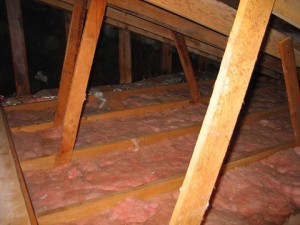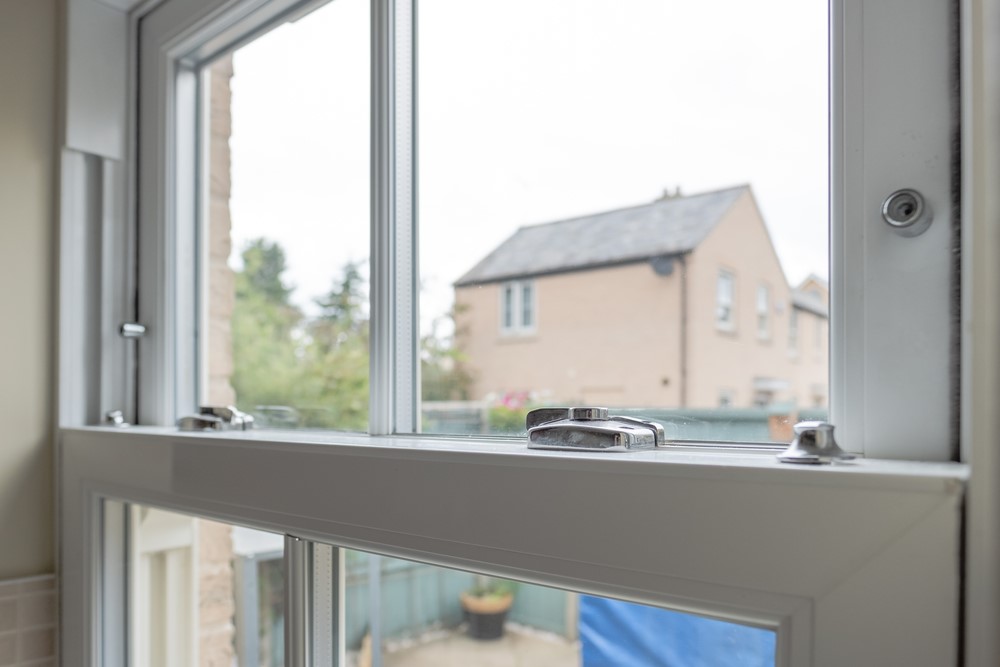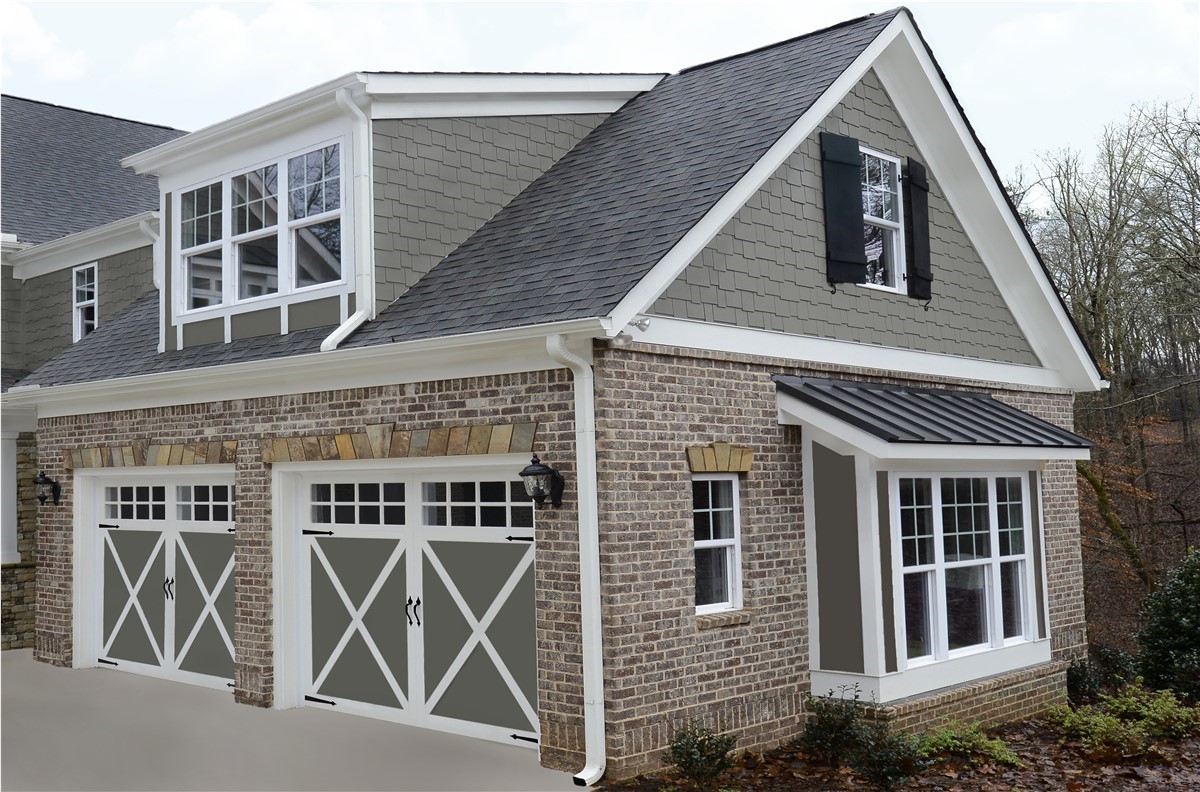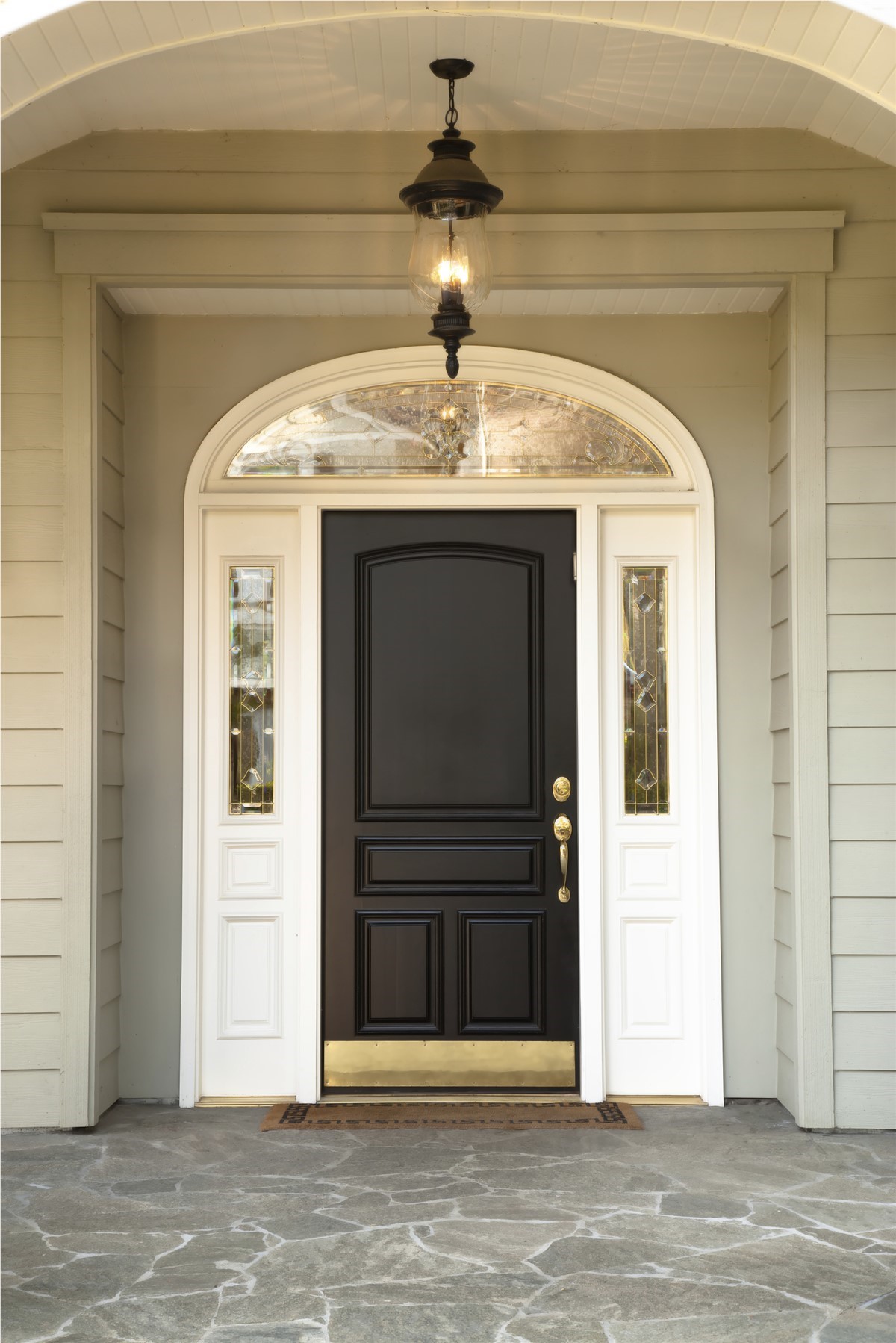There are many things that homeowners can do to maximize the energy efficiency of their homes and reduce expensive energy bills. These include the obvious things like installing new windows and doors or installing a high efficiency furnace. There are also some very simple things that a homeowner can do for very little money like adding an insulating blanket to their hot water heater, which will reduce gas bills.
However, equally important to these types of things is getting an accurate view of the current insulation in your home. Are your walls insulated? Is your attic adequately insulated? Many homeowners are not aware of the level of insulation that is recommended in our area in order to meet the recommendations of the Department of Energy. Nor do they know what level of insulation is present in their attics. Basically, they don't know what they need, nor do they know what they have.
In the Pittsburgh area, the DOE recommends an R-60 in the attic to maximize the energy efficiency of homes.
I have spoken with many homeowners over the years who say that their attic is insulated, but when I have gone up and looked, what they were referring to was the rolled out insulation that was installed in their home when it was built 30 or 4 years ago. Typically this is a 4" layer of rolled fiberglass insulation.  Rolled fiberglass normally has an R-value of 3 per inch, which means these homes are insulated to an R-12, which is 20% of the recommended level of insulation. Of course, this is assuming that the insulation was properly installed (often it is not) and that its still in good shape after many years. The same sort of scenarios play out with other types of insulation; people stick their heads up in the attic and see that there is some blown-in insulation and just assume that the home is insulated properly without any knowledge of the insulating value of a particular material. Blown in cellulose is an R-3.5 per inch, blown in fiberglass is an R-2.55 per inch. This means that in order for a blown in insulation to meet government recommendations, there should be a layer of it between 17 and 24 inches deep. This is far more that what can be found in most homes.
Rolled fiberglass normally has an R-value of 3 per inch, which means these homes are insulated to an R-12, which is 20% of the recommended level of insulation. Of course, this is assuming that the insulation was properly installed (often it is not) and that its still in good shape after many years. The same sort of scenarios play out with other types of insulation; people stick their heads up in the attic and see that there is some blown-in insulation and just assume that the home is insulated properly without any knowledge of the insulating value of a particular material. Blown in cellulose is an R-3.5 per inch, blown in fiberglass is an R-2.55 per inch. This means that in order for a blown in insulation to meet government recommendations, there should be a layer of it between 17 and 24 inches deep. This is far more that what can be found in most homes.
As a company that is focused on home efficiency, Legacy Remodeling frequently finds itself adding insulation to homes that have some insulation, but are far short of the amount that is necessary to maximize energy efficiency. If you are unsure if your home is adequately insulated, take the time to look up in your attic and take stock of the situation. Legacy can bring your home up to D.O.E. standards in one day and for a price that you will recover in a few short years through lower energy bills. After that, you will find that the investment in energy efficiency will become pure profit that you can use for things that are much more fun than paying utilities.
Tags
Subscribe to Legacy Remodeling's Blog











Comments